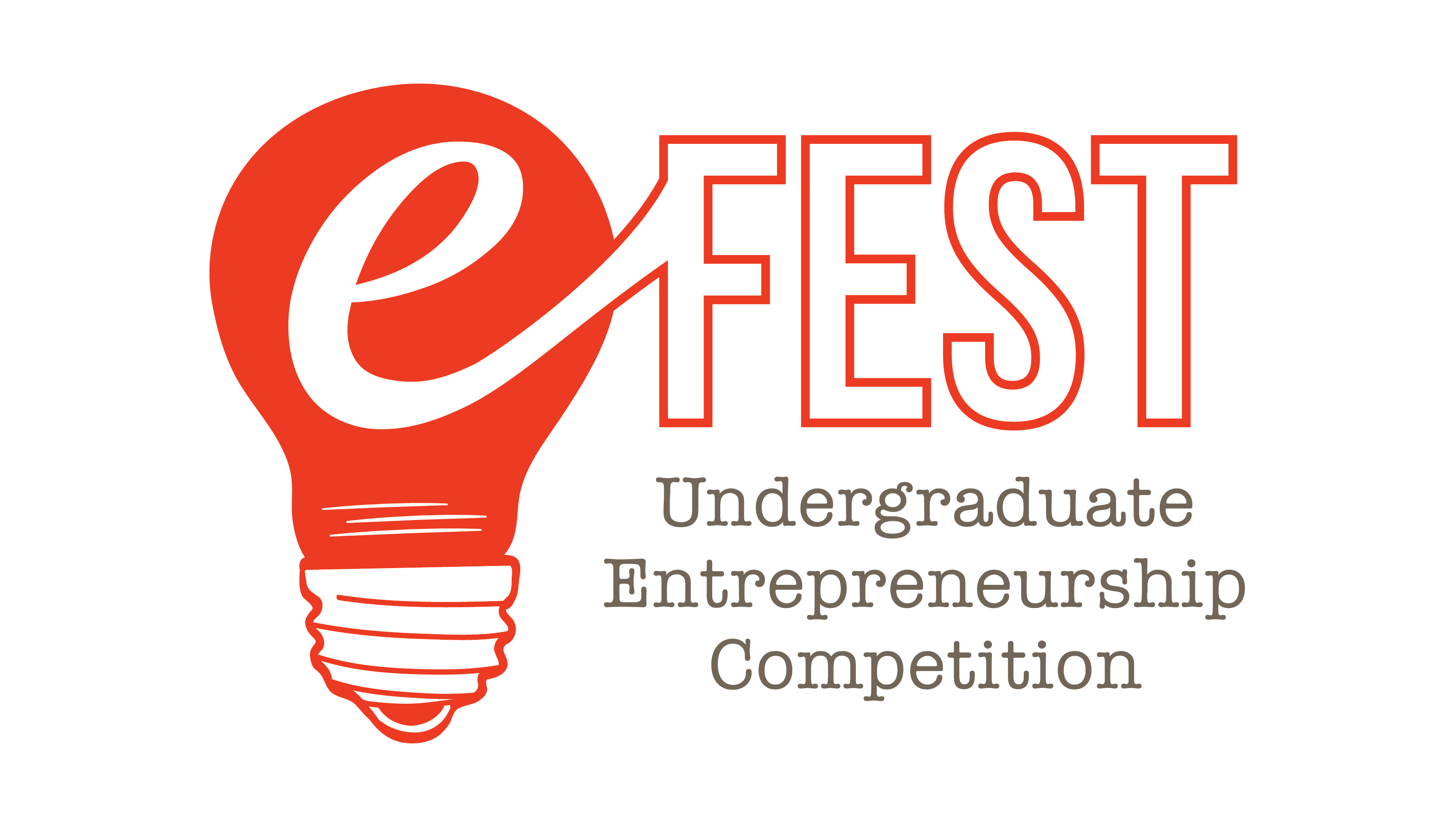
An innovation that solves a problem can be wildly successful. But it will never take off until potential customers and/or investors understand the problem it solves and how the innovation will make their lives better. Your small, inner circle of colleagues or confidantes might get it, but eventually, you’ll need to bring in a much wider circle.
High-performing teams share certain attributes, and one of them is surely the ability to communicate effectively. As part of our resources for undergraduate student teams competing in e-Fest, we would like to share some sage advice from Paul Taylor, one of our EIX Editors and a “serial mentor” to startups and successful business competition teams.
First, have you really, demonstrably solved the problem?
Nowadays it may be challenging to explain some venture ideas to people in simple terms — but it’s vital. We should assume that people may know or care very little about our pet project. Even business references, such as multi-sided revenue model, may not click with a listener. So, it is particularly important for entrepreneurs to help others understand why an innovation will become indispensable.
To get people’s attention, focus on their “pain points” — the inefficiencies, lost opportunities, problems or inconveniences that might plague them all the time. The more people recognize and feel a certain pain point, the broader the potential audience for a solution that makes it go away. Think about these three questions:
- Can you clearly articulate how your solution alleviates a problem?
- Does your solution mitigate/eliminate the pain point?
- Will people understand this?
Second, can you pitch your solution to a bigger audience?
When making a presentation, a “show of hands” question can reinforce the importance or appeal of a solution in the audience. Ask your audience how many of them have experienced the problem your innovation purports to solve. Phrase and practice the question well, because it leads to the next part:
Some pointers from Paul
- Practice delivering a clear explanation of how the solution works.
- Define the addressable market of those who will benefit from the solution.
- If other solutions are already in the market, how is the proposed solution superior?
- Clearly articulate the Value Proposition.
Part 2 of 6 Part Series with EIX.org Editor and Serial Startup Mentor Paul Taylor
In our next post, Paul shares thoughts about building a winning team. For more thoughts about conveying the value of your solution, click here.




